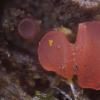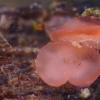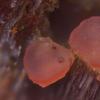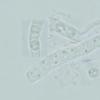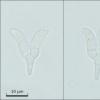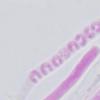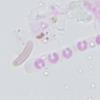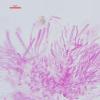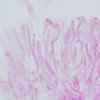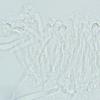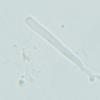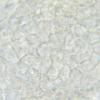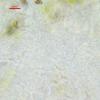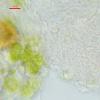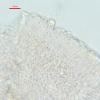
24-12-2025 17:08
Hulda Caroline HolteHello, I have found this propoloid ascomycete on

21-12-2025 09:32
Hello.A tiny ascomycete found embedded in wood in

21-12-2025 21:32
Pol DebaenstHello, Garden, Burgweg 19, Veurne, BelgiumOn 10/1

22-12-2025 23:38
Patrice TANCHAUDBonsoir, récolte sur un mur en pierre, apothéci

22-12-2025 00:47
Patrice TANCHAUDBonsoir, récolte à proximité du milieu dunaire
Orbilia "fabacearum"
Tomaz Vucko,
18-01-2025 04:46
I think this might interest someone...
I have literally pulled it out of trashcan where I was throwing sticks and bark from prevoius days, which I somehow decided to check again before throwing out. After few hours of research I came to conclusion that it could be O. fabacearum.
Substrate is bark that was detached and laying near the tree which was almost certainly Salix.
Jan 2025, NE Slovenia.
Best regards!
Hans-Otto Baral,
18-01-2025 10:56

Re : Orbilia "fabacearum"
This is a very nice surprize today! Thank you, exactly the same conidia as we have observed. Since we had seen very different conidia in O. fabacearum, this was quite uncertain. Now the lyra-type appears to be more probable.
Salix was already recorded as host, so the species is probably not much specific.
If you have more precise collection data I would make a note to your pics.
Tomaz Vucko,
18-01-2025 15:00
Re : Orbilia "fabacearum"
Date of collection was 10.1.2025, "46,58610° N, 16,20475° E", Ižakovci, Slovenia.
I was very surprised as well. Also when I went to check the excipulum texture and the conidiospore appeared right in front of my lens, right after reading about it.
Thanks for all the contribution, especially on Orbiliaceae.
Best regards!
I was very surprised as well. Also when I went to check the excipulum texture and the conidiospore appeared right in front of my lens, right after reading about it.
Thanks for all the contribution, especially on Orbiliaceae.
Best regards!
Hans-Otto Baral,
18-01-2025 15:51

Re : Orbilia "fabacearum"
thanks also!
